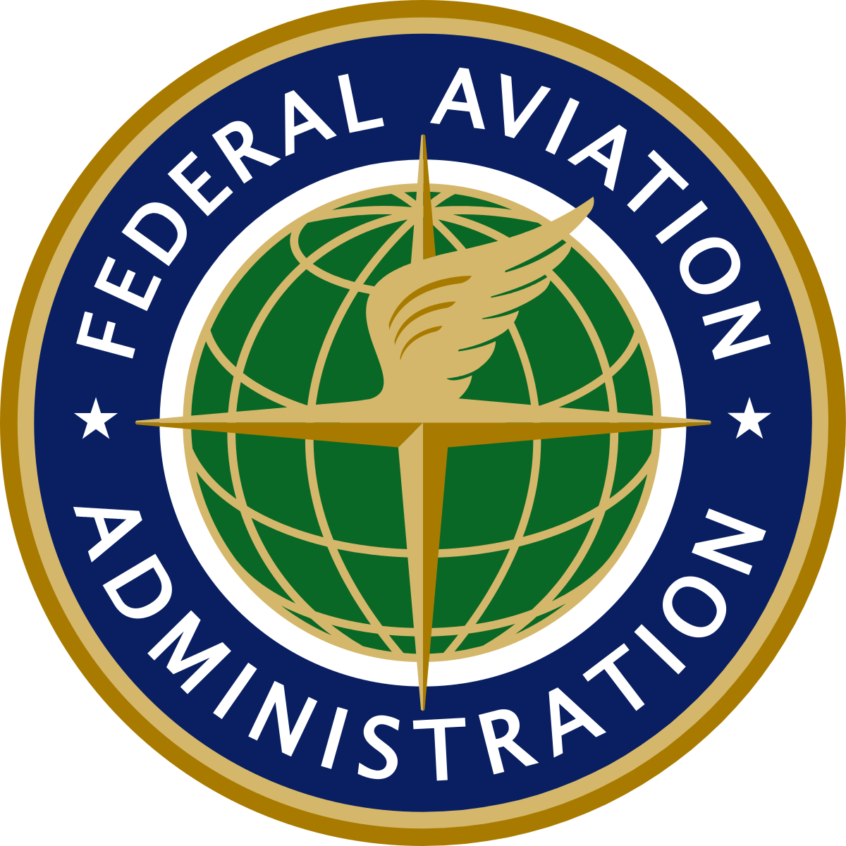The advent of the new AD 2023-09-09 comes in response to the recurrent failures of spot-welded, multi-segment V-band couplings. These are typically affixed at the junction of the tailpipe and the turbocharger exhaust housing flange on several Continental and Lycoming turbocharged engine models. The directive is intended to rectify issues not addressed by similar directives on other aircraft. If left unresolved, the unsafe condition could result in the disconnection of the exhaust tailpipe from the turbocharger, thereby allowing high-temperature exhaust gases to seep into the engine compartment. This could lead to smoke in the cockpit, an in-flight fire, and possible loss of control of the aircraft.
Between 2016 and 2018, the ABS Air Safety Foundation was a participant in an FAA/industry V-Band Coupling Working Group. This group conducted an extensive analysis of failure records and formed recommendations based on historical accident data.
In terms of compliance, the new directive specifies measures for engines on aircraft not covered by ADs 2018-06-11 or 2001-08-08. Within 50 engine operating hours from the July 17, 2023, effective date of this directive, aircraft records should be reviewed to determine the number of service hours on each installed exhaust V-band coupling. If a V-band coupling has accrued less than 500 hours TIS, it should be removed from service before it reaches 500 hours or within 50 hours TIS after the effective date of this directive, whichever comes later. Afterward, any subsequently installed V-band couplings should be removed from service before they reach 500 hours TIS.
Should the V-band coupling have logged 500 or more hours TIS, or if the hours cannot be determined, it should be removed from service within 50 hours TIS post the effective date of this directive. Afterward, any subsequently installed V-band couplings should be removed from service before they accrue 500 hours TIS.
As an alternative to the initial removal of the V-band coupling from service, the directive details inspections to be conducted at the time the V-band coupling would have been removed from service and thereafter at intervals not exceeding six months or 100 hours TIS, whichever is earlier, for a period not extending beyond two years post the effective date of this directive. If a V-band coupling fails to meet any inspection criteria outlined in this directive, it must be taken out of service before the next flight. The requirement for these recurring inspections is not negated by the removal of the V-band coupling from service and the installation of a new one.
For additional details, please refer to AD 2023-09-09.
As an E3 Aviation member, you get access to TONS of informative aviation articles and content. Sign Up or Log In today and enjoy all of the tools, resources, product discounts, community and entertainment that E3 Aviation Association offers.

